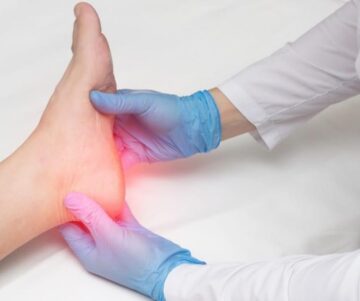
What Do You Need to Know About Hands On Physiotherapy?
Olive Nguyen | June 20, 2025 | 0 | PhysiotherapyWhen it comes to treating musculoskeletal pain, injury recovery, and mobility issues, hands on physiotherapy remains one of the most effective and widely trusted approaches. This method involves direct, manual interaction between physiotherapist and patient, aimed at restoring movement, reducing pain, and improving physical function. Understanding what it includes—and how it differs from other physiotherapy techniques—can help you make more informed decisions about your treatment.
What Is Hands On Physiotherapy?
Hands on physiotherapy refers to manual therapy techniques performed by a trained physiotherapist to assess, diagnose, and treat physical conditions. Unlike machine-based therapies or exercise-only programmes, hands-on treatment uses techniques like joint mobilisation, soft tissue massage, trigger point therapy, and muscle stretching. These methods are designed to reduce pain, improve circulation, and enhance tissue flexibility, often offering immediate relief.
Conditions It Can Help Treat
This form of physiotherapy is commonly used for neck and back pain, sports injuries, joint stiffness, post-operative recovery, and chronic muscular tension. It is also beneficial for treating issues like sciatica, frozen shoulder, and arthritis. Whether you’re recovering from a specific injury or dealing with ongoing discomfort, manual therapy can be tailored to your individual condition and goals.
What to Expect During a Session
Your first session will typically include a thorough assessment of your condition, medical history, posture, and mobility. Based on the findings, the physiotherapist will develop a hands-on treatment plan specific to your needs. This may include joint manipulation, muscle release techniques, and targeted stretching. Treatment is often complemented by guided exercises to reinforce the manual work and promote longer-term recovery.
Why Individualisation Matters
Not all pain is the same, and no two bodies respond identically. That’s why a personalised approach is essential. A qualified Darebin sports physiotherapist will adapt hands-on techniques based on your pain tolerance, physical condition, and the stage of your recovery. This ensures safe, effective, and progressive treatment that respects your unique needs.
The Benefits Over Passive Treatments
Hands on physiotherapy differs from passive treatments like ultrasound or heat packs in that it actively addresses the root cause of pain rather than just managing symptoms. It promotes faster healing, better alignment, and increased mobility. Importantly, it fosters a stronger therapist–patient connection, encouraging engagement and communication throughout the process.
For those seeking a proactive and personalised approach to physical rehabilitation, hands on physiotherapy provides measurable results. With the right practitioner and a tailored plan, you can regain comfort, restore movement, and return to your daily life with greater confidence and less pain.


